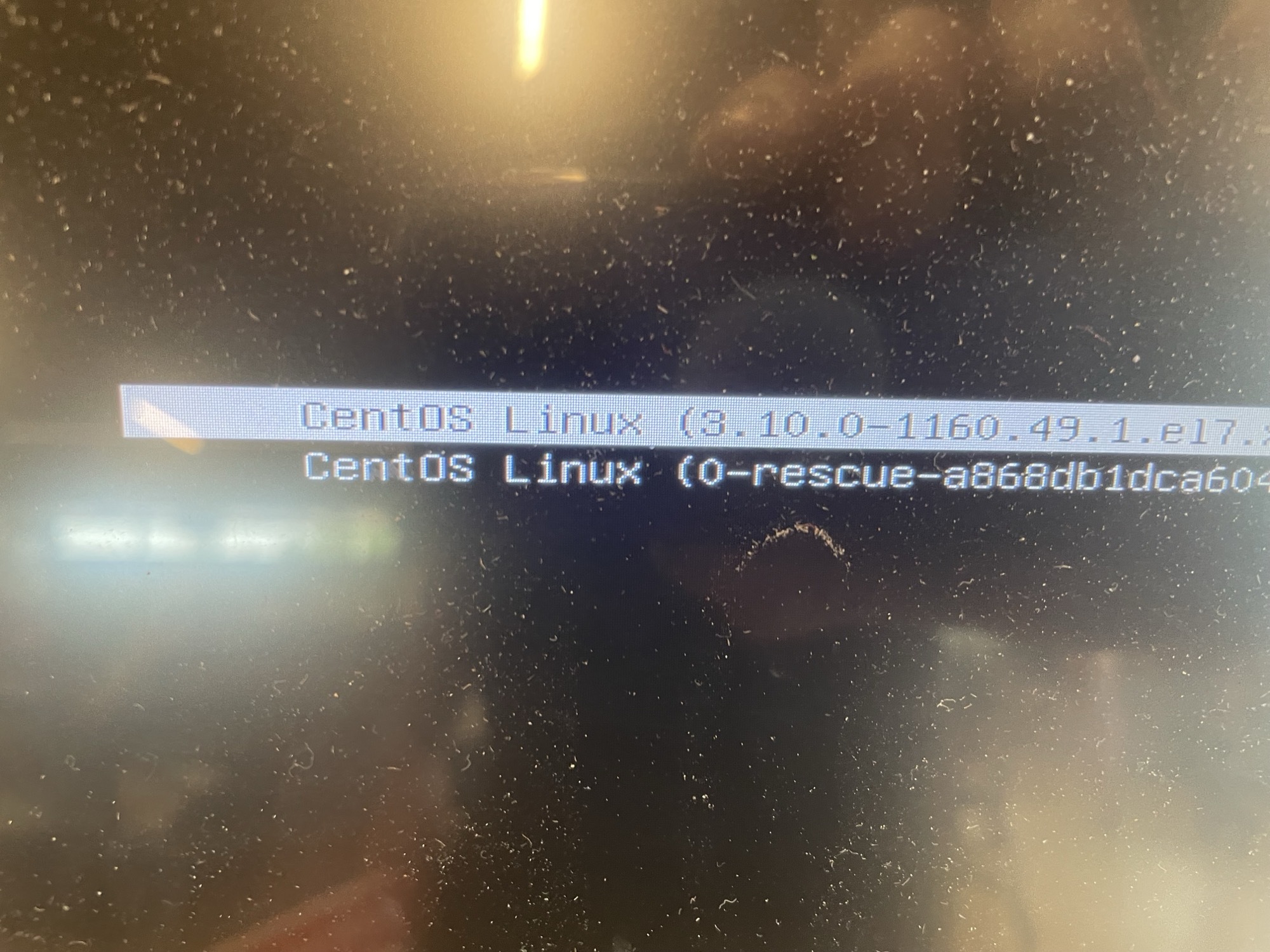It's likely CentOS 7.9, which was released in Nov. 2020 and shipped with kernel version 3.10.0-1160. It's not completely ridiculous for a one year old POS systems to have a four year old OS. Design for those systems probably started a few years ago, when CentOS 7.9 was relatively recent. For an embedded system the bias would have been toward an established and mature OS, and CentOS 8.x was likely considered "too new" at the time they were speccing these systems. Remotely upgrading between major releases would not be advisable in an embedded system. The RHEL/CentOS in-place upgrade story is... not great. There was zero support for in-place upgrade until RHEL/CentOS 7, and it's still considered "at your own risk" (source).
Linux
From Wikipedia, the free encyclopedia
Linux is a family of open source Unix-like operating systems based on the Linux kernel, an operating system kernel first released on September 17, 1991 by Linus Torvalds. Linux is typically packaged in a Linux distribution (or distro for short).
Distributions include the Linux kernel and supporting system software and libraries, many of which are provided by the GNU Project. Many Linux distributions use the word "Linux" in their name, but the Free Software Foundation uses the name GNU/Linux to emphasize the importance of GNU software, causing some controversy.
Rules
- Posts must be relevant to operating systems running the Linux kernel. GNU/Linux or otherwise.
- No misinformation
- No NSFW content
- No hate speech, bigotry, etc
Related Communities
Community icon by Alpár-Etele Méder, licensed under CC BY 3.0
For many, CentOS7 is the last version of it because CentOS8 is now something different—they swapped it from being downstream from RHEL to essentially being the RHEL beta branch
It’s the kernel version
It's CentOS 7.x
What is the risk if it's all on a closed internal network? You can safely run Windows 98 as long as you're very careful about what goes in and out at your gateway.
Commerical networks tend to be a bit more robust than Joe Schmoe's basement router. It's a giant pain to keep up with each and every update on everything a store uses (not just self checkouts, things like CCTV systems, HVAC monitoring, electronic signage like smart screens, etc.) so usually it's all controlled at the network level.
I install CCTV, I guarantee you more than three quarters of the DVRs and PoE cameras I install never get updated and are "set and forget". I've pulled out 10-15 year old cameras still with original firmware in giant national chain stores when they do refreshes of their infrastructure.
Its a POS. By definition its internet connected.
I'm sure it's not directly connected with an externally accessible IP. It's either communicating with a backoffice server, or on a secure VPN tunnel to the rest of the corporate network.
The point is that it shouldn't be accessible, but a vulnerability would make it accessible. Its connected to the internet. Its a risk.
I think I recognize that system by the monitor glare, where’d you take the picture?
Is CentOS still getting updates? I thought it’s killed by Redhat years ago.
It does not, a few Cisco appliances in our company run / ran cent and AFAIK the infra teams all had to migrate to alma and move everything over with some script from Cisco.
Cent7 stopped getting updates last month. There is at least one mirror still providing the old updates. Not sure about newer versions
